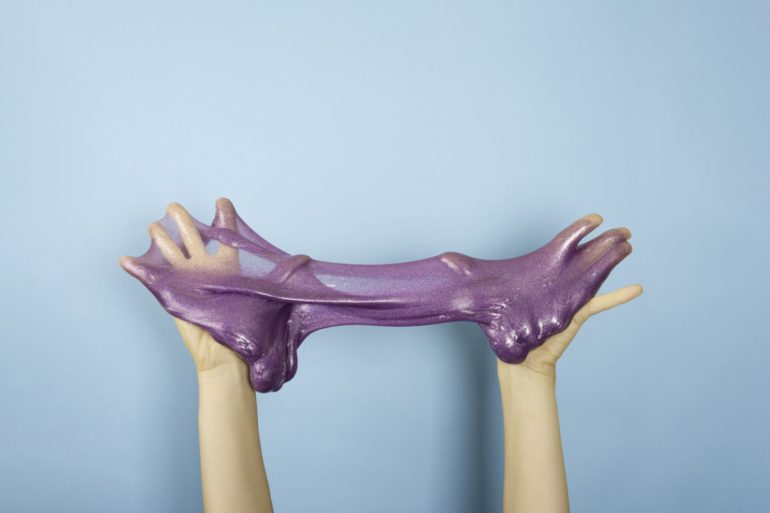Gas detector adjustment is critical because a gas sensor is a gadget that senses the existence of emissions in a region as a component of a protection system. This sort of gear is employed to identify leakage of gas & communicate with a controller so that a procedure halts instantly. A gas sensor can alert technicians in the region where the outage is happening, offering them time to exit. This sort of gadget is necessary because numerous ions can be hazardous to organisms, like human beings and animals.
Where can you use gas detectors?
Gas sensors can trace flammable, open flame, and poisonous gases, & oxygen exhaustion. This piece of equipment is crucial in sectors that could be located in areas like oil platforms to supervise manufacturing procedures and new technologies like photovoltaics. They could also serve as a helping hand in fire prevention.
The procedures of detecting potentially dangerous gas leaks using detectors are known as gas leakage sensing. These sensors emit an audible alert system to notify people when a risky gas is identified. Infrared imaging detectors have lately become popular. Such detectors are preferred in various application areas and are discovered in industrial sites, factories, waste-water diagnosis plants, automobiles, and residences.
Gas Detector Calibration:
The gas detector will require roughly one minute to charge up when it is on. In that minute, it will exhibit “PU.” It is done to enable the detector to stabilize, after which the screen should interpret ‘0’ when no emission is prevalent at the device. If this does not happen, consult the guide’s troubleshooting section.
Monthly Servicing
Checking the general monitors gas detector calibration is a must, without a doubt, be a component of a planned maintenance scheme.
To sustain a gas detector, inspect every device, perform a wobble experiment on all devices (until a comprehensive calibration has come into practice), perform an adjustment (when necessary), and document the outcomes in an upkeep register.
Conduct a physical examination. Examine the device for dents and scratches, falsification, accidental or intentional damage, deformations, water harm, loose fastenings or cables, and dust accumulation on the exterior or interior of the compartment.
Determine whether you are performing a bump exam or a comprehensive configuration. A bump check is required at least once a month, particularly for applications entailing more harmful gasses and human encounters, like ammonia detectors in rinks and hypochlorite or ozone detectors in water parks. If the test fails or has been six months after the last measurement, a comprehensive calibration is essential.








